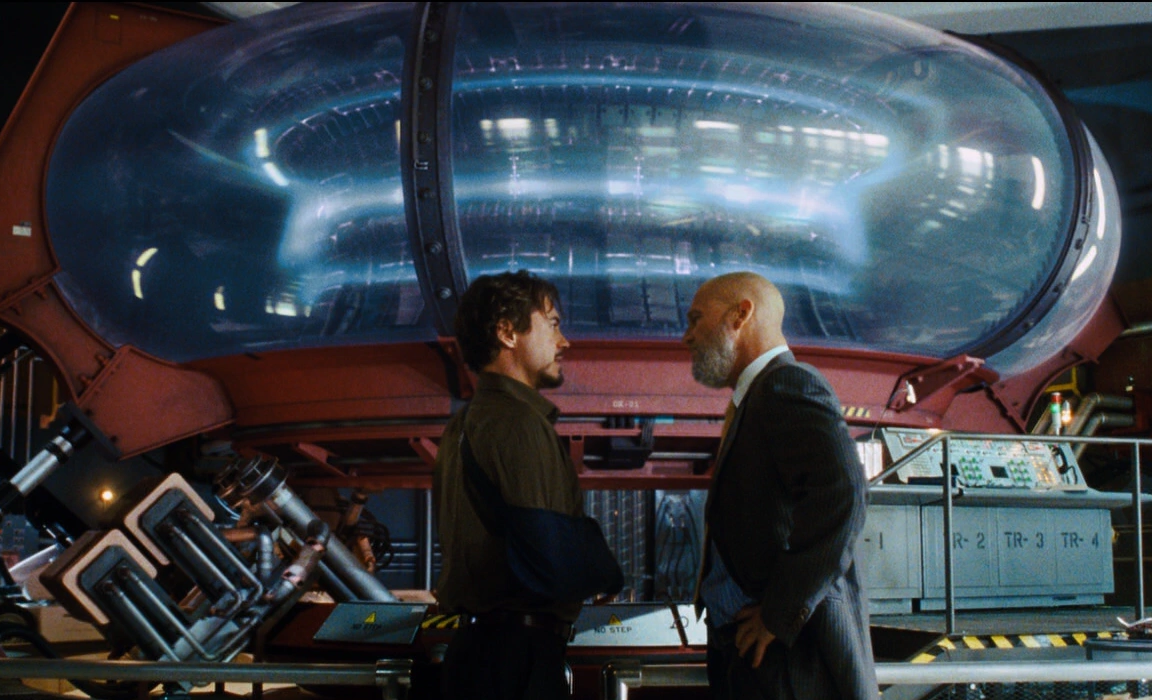How Does Nuclear Power Work?
Nuclear power relies on the fission of Uranium nuclei and a controlled chain reaction where more nuclei are split.
Uranium
- Most Uranium atoms have 146 neutrons and 92 protons
- About 1/140 Uranium atoms lack 3 neutrons (143 neutrons and 92 protons)
- This type of Uranium atom has a total of 235 neutrons and protons → thus named U-235
- U-235’s nucleus is easily split by a strike of energy, leaving fission products, 2-3 neutrons, gamma rays, and a few neutrinos
Problem: Neutrons emitted from fission has too much kinetic energy to be captured by Uranium nuclei, leading to failure of chain reaction
- The fission rate is a too low → chain reaction fizzles out
- Solution 1: use a moderator to slow down neutrons
- Graphite walls, water cells, etc
- Solution 2: put more U-235s increasing density and thus hit rate
- Abundance is enriched to 4-7x its natural amount
- To enrich: pass a gaseous Uranium compound through centrifuges separating lighter U-235s from heavier U-238s
- This process is carefully regulated to control supply for bomb-grade fuel
- A combination of water (solution 1) and enrichment (solution 2) is used
Energy Generation
- As fission occurs energy is released as kinetic energy
- This kinetic energy is captured as heat by water in the reactor
- As the water heats up, steam drives a turbine that generates energy
Nuclear Meltdown & Waste
- Water flow to the reactor stops (due to leak for example) → fission product kinetic energy turn existing water in the reactor into steam → reactor dries up → Uranium melts creating radioactive gas → the gas escapes to the facility → if not contained, gas escapes to the atmosphere
- Nuclear wastes include spent fuel from the reactors, Uranium that never fissions, fission products, and plutonium → they must be isolated from the environment until they have decayed → most nuclear powerplants sit on their nuclear waste
Mechanics of Nuclear Powerplant
- Reactor
- Uranium Oxide is compressed into fuel pellets and packed into sealed fuel rods
- Fuel rods are bunched together to form fuel elements
- Fuel elements are put in the water in the reactor vessel with 20cm thick steel seals
- Bombarding the Uranium with neutrons leads to the chain reaction
- After each fission, only 1 released neutron should cause a new fission
- To control the chain reaction: boric acid in the water and lowered control rods absorb the oversupply of neutrons
- Primary Water Circuit
- Energy from fission heats up water to 320 degrees celsius
- The pressure regulator keeps everything under high pressure so the water does not boil or steam
- The hot water passes through the circuit to a steam generator
- Secondary Water Circuit
- The heat from hot water from the primary circuit boils the water in the steam generator → steam is created
- The steam generated drives steam turbines
- The steam turbine spins and drives a generator, producing electricity
- Transformers increase the voltage of the electricity allowing transfer into the grid
- The steam cools down in a condenser and returns to the steam generator
- Tertiary Water Circuit
- Cooled water passes through a pipe that runs through the condenser
- Warmed cooling water is brought to the cooling tower
- At the cooling tower, the cooling water cools through contact with the ascending airflow
- The majority of the cooling water is collected in a basin at the base of the cooling tower and returned to the condenser
Small Modular Reactors
- Can be manufactured in factories instead of built on construction sites
- Smaller, safer, cheaper (dollars per megawatt) → allows more locations and people to access nuclear power
- Learn more here

